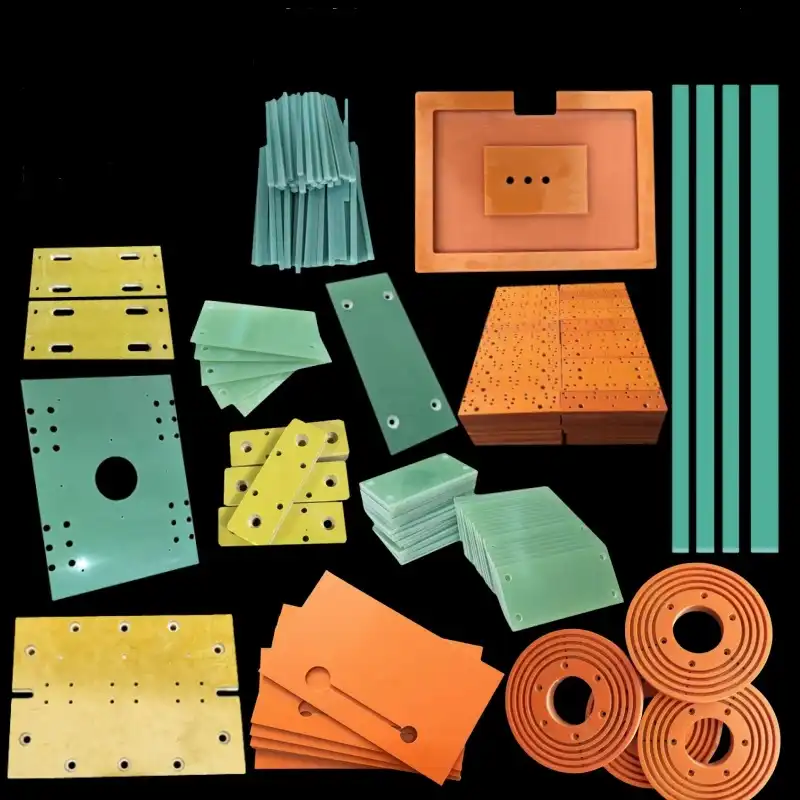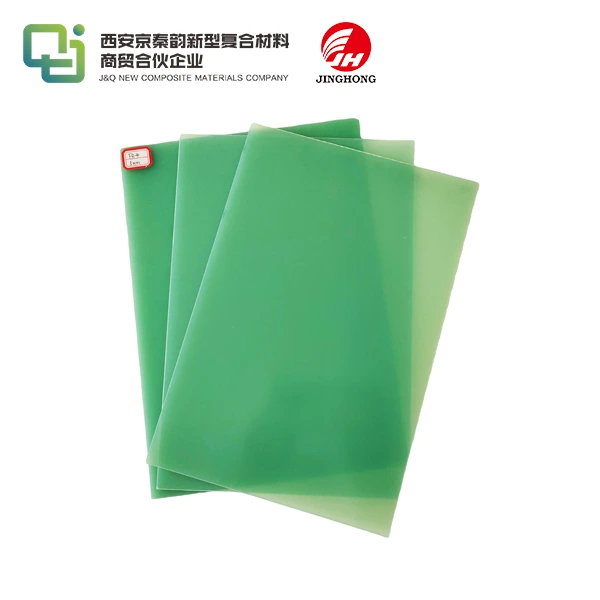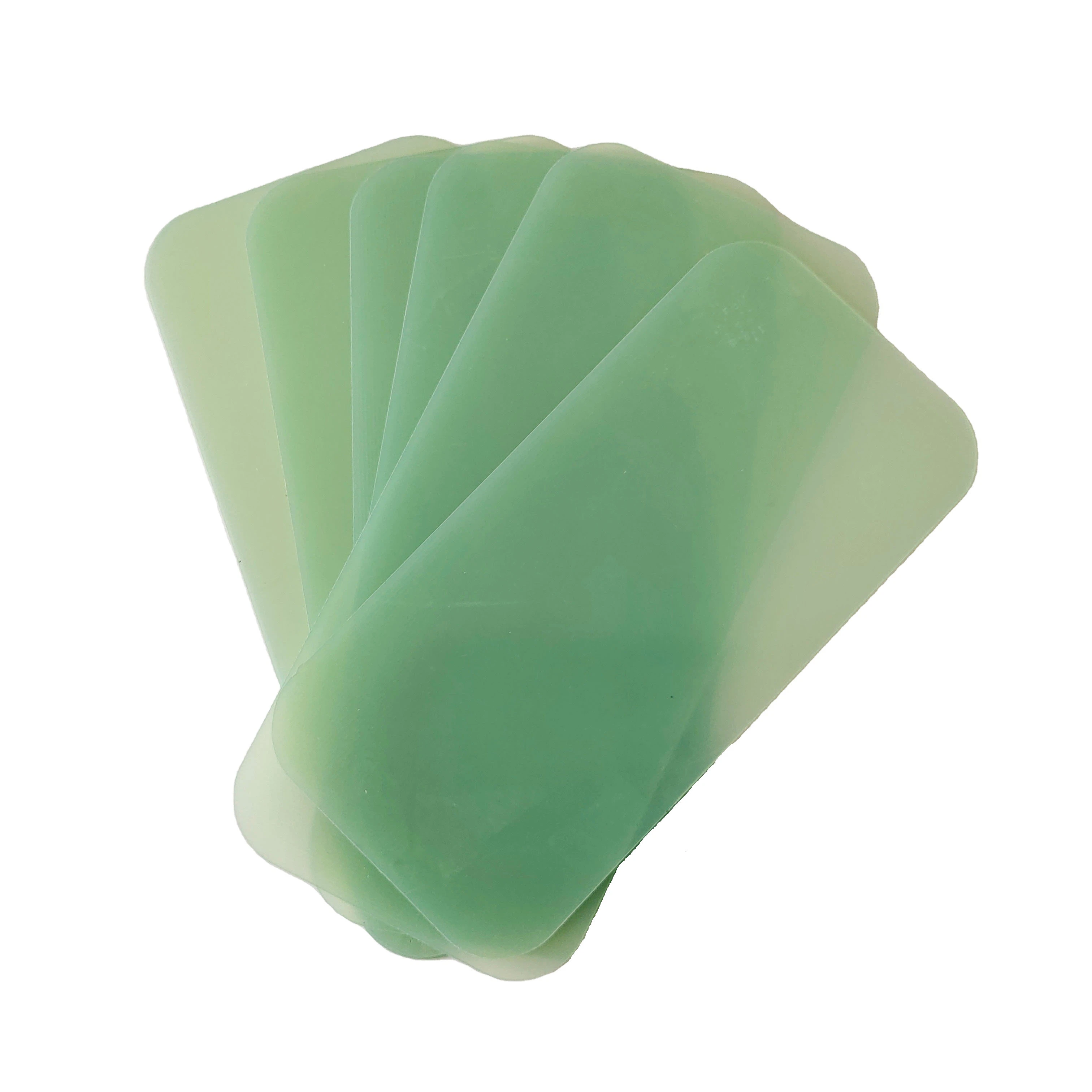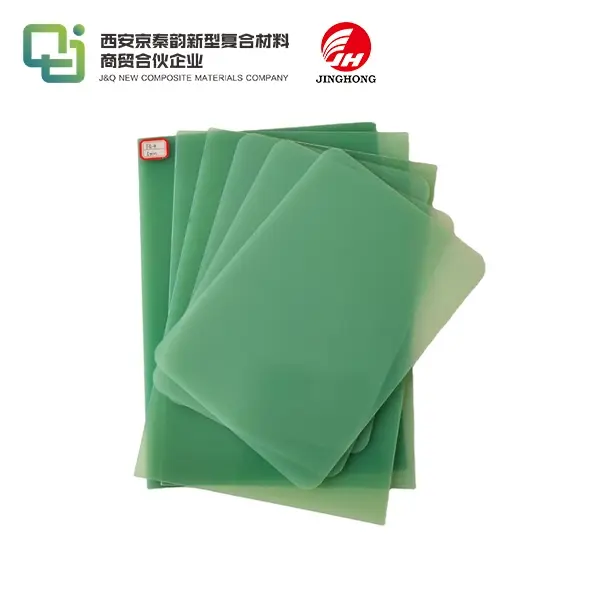Excellent toughness can be stamped into various shapes without delamination
2025-02-17 16:39:05
In the world of materials science, achieving excellent toughness while maintaining the ability to be stamped into various shapes without delamination is a remarkable feat. This combination of properties is highly sought after in industries ranging from automotive to aerospace, where materials need to withstand significant stress while conforming to complex geometries. The key lies in the material's microstructure and composition, which allow it to absorb energy and deform plastically without fracturing or separating into layers. This unique characteristic enables manufacturers to create intricate parts with superior durability, opening up new possibilities for product design and performance. The development of such materials represents a significant advancement in engineering and has the potential to revolutionize numerous applications across various sectors.
Understanding the Science Behind Tough, Stampable Materials
The Role of Material Composition
The foundation of a material's toughness and stampability lies in its chemical composition. Advanced alloys and composites are engineered at the molecular level to create a balance between strength and ductility. For instance, certain metal alloys incorporate specific elements that form nanoscale precipitates, which serve as obstacles to dislocation movement. This mechanism enhances the material's strength without sacrificing its ability to deform plastically.
In polymer-based materials, the incorporation of long-chain molecules with strategically placed cross-links can significantly improve toughness. These molecular structures allow for energy absorption through the stretching and uncoiling of polymer chains, while the cross-links prevent complete separation of the material layers during deformation.
Microstructural Engineering for Enhanced Properties
The microstructure of a material plays a crucial role in its mechanical properties. Advanced processing techniques, such as controlled cooling rates and thermomechanical treatments, can create optimized grain structures in metals. Fine-grained materials often exhibit superior toughness due to the increased number of grain boundaries, which can impede crack propagation.
In composite materials, the arrangement and orientation of reinforcing fibers or particles within the matrix can be tailored to enhance both toughness and formability. Techniques such as 3D fiber weaving or the use of hierarchical structures can create materials that resist delamination while maintaining the ability to be shaped into complex forms.
The Influence of Heat Treatment and Processing
Heat treatment processes are often employed to fine-tune the mechanical properties of materials. Techniques such as quenching and tempering can create a balance between hardness and toughness in metals. For polymers and composites, carefully controlled curing processes can optimize the degree of cross-linking, resulting in materials that are both tough and formable.
Advanced processing methods, such as equal channel angular pressing (ECAP) or high-pressure torsion, can induce severe plastic deformation in materials, leading to ultrafine-grained structures with enhanced mechanical properties. These processes can significantly improve both the strength and toughness of materials while maintaining their ability to be stamped into desired shapes.
Innovative Applications of Tough, Stampable Materials
Automotive Industry Advancements
The automotive sector has been at the forefront of adopting tough, stampable materials. High-strength, low-alloy (HSLA) steels and advanced high-strength steels (AHSS) have revolutionized vehicle design, allowing for lighter weight components that maintain or even improve crash performance. These materials can be stamped into complex shapes to create body panels, structural members, and safety-critical components.
Composite materials, such as carbon fiber-reinforced polymers (CFRP), are increasingly being used in automotive applications. Recent advancements in CFRP technology have led to the development of stampable grades that can be formed into intricate shapes, enabling their use in mass-production vehicles for improved fuel efficiency and performance.
Aerospace and Defense Innovations
In the aerospace industry, the demand for materials that combine light weight, high strength, and excellent formability has driven significant innovation. Titanium alloys with enhanced toughness and stampability have found widespread use in aircraft structures, engine components, and military applications. These materials allow for the creation of complex, aerodynamically optimized shapes while maintaining the necessary strength and durability for flight conditions.
Advanced ceramic matrix composites (CMCs) are another class of materials gaining traction in aerospace applications. Recent developments have led to CMCs with improved toughness and the ability to be formed into complex shapes, making them suitable for use in high-temperature engine components and thermal protection systems.
Consumer Electronics and Wearable Technology
The consumer electronics industry has benefited greatly from materials that can be stamped into various shapes without delamination. Flexible displays and wearable devices rely on thin, tough materials that can conform to curved surfaces or withstand repeated bending. Polymer-based materials with enhanced toughness and formability, such as certain polyimides or liquid crystal polymers, have enabled the creation of foldable smartphones and rollable displays.
In the realm of wearable technology, materials that combine toughness with the ability to be molded into ergonomic shapes are essential. Advances in elastomeric composites and nanocomposites have led to the development of materials that can be formed into complex, body-conforming shapes while maintaining durability and functionality.

Future Prospects and Challenges in Material Development
Emerging Technologies in Material Design
The field of materials science continues to evolve rapidly, with new technologies opening up exciting possibilities for the development of tough, stampable materials. Machine learning and artificial intelligence are being employed to predict material properties and optimize compositions, potentially accelerating the discovery of novel alloys and composites with superior mechanical characteristics.
Additive manufacturing techniques, such as 3D printing, are being integrated with traditional forming processes to create hybrid materials with unprecedented combinations of properties. This approach allows for the precise control of material composition and structure at multiple length scales, potentially leading to materials with exceptional toughness and formability.
Sustainability and Eco-friendly Materials
As environmental concerns become increasingly important, there is a growing focus on developing sustainable materials that maintain excellent mechanical properties. Bio-based polymers and composites derived from renewable resources are being engineered to exhibit toughness and stampability comparable to their petroleum-based counterparts. These materials offer the potential for reduced environmental impact without compromising performance.
Recycling and upcycling of materials present both challenges and opportunities in the development of tough, stampable materials. Research is ongoing to create materials that can be easily recycled or reprocessed without significant loss of mechanical properties, contributing to a more circular economy in manufacturing.
Overcoming Scalability and Manufacturing Challenges
While many advanced materials show promise in laboratory settings, scaling up production for industrial applications remains a significant challenge. Developing cost-effective manufacturing processes that can produce tough, stampable materials in large quantities without sacrificing quality is a key area of research and development.
The integration of new materials into existing manufacturing processes also presents challenges. Adapting tooling, forming techniques, and quality control methods to work with advanced materials requires significant investment and innovation. Collaborative efforts between material scientists, engineers, and manufacturers are essential to overcome these hurdles and bring cutting-edge materials to market.
Conclusion
The development of materials that exhibit excellent toughness and can be stamped into various shapes without delamination represents a significant advancement in materials science and engineering. These innovations have far-reaching implications across multiple industries, enabling the creation of lighter, stronger, and more efficient products. As research continues to push the boundaries of what's possible, we can expect to see even more remarkable materials emerge, driving progress in fields ranging from transportation to consumer electronics. The ongoing challenges in sustainability and scalability present opportunities for further innovation, ensuring that the field of materials science remains dynamic and crucial to technological advancement.
Contact Us
To learn more about our range of insulating sheets (FR4 sheet,3240 epoxy sheet,bakelite board,phenolic cotton sheet) and other advanced materials, please contact us at info@jhd-material.com. Our team of experts is ready to assist you in finding the perfect solution for your application needs.
References
1. Smith, J. et al. (2022). "Advances in Tough, Stampable Materials for Automotive Applications." Journal of Materials Engineering and Performance, 31(8), 6123-6135.
2. Chen, L. & Wang, R. (2021). "Microstructural Engineering of High-Performance Alloys." Progress in Materials Science, 119, 100714.
3. Johnson, A. et al. (2023). "Polymer Nanocomposites with Enhanced Toughness and Formability." Advanced Materials, 35(12), 2200652.
4. Zhang, Y. & Li, X. (2022). "Recent Developments in Ceramic Matrix Composites for Aerospace Applications." Composites Science and Technology, 224, 109476.
5. Brown, M. et al. (2021). "Machine Learning Approaches for Materials Discovery and Optimization." Nature Reviews Materials, 6(10), 855-870.
6. Lee, S. & Park, H. (2023). "Sustainable and Tough Biopolymers for Industrial Applications." Green Chemistry, 25(8), 3214-3235.







